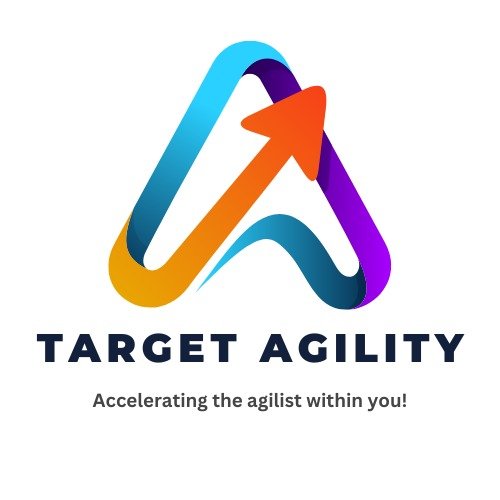Sustainability is becoming a necessity for businesses today. Companies are looking for ways to reduce their environmental impact while still meeting customer needs. Agile methods, especially Scrum, can help create eco-friendly products. This blog explains how Scrum can support green product development.
How Agile and Sustainability Connect
Agile focuses on being flexible, working together, and delivering value step by step. Sustainability is similar—it aims for continuous improvement, reducing waste, and creating long-lasting solutions. By combining these ideas, teams can build green products that meet market and environmental needs.
Why Use Scrum for Green Product Development?
Scrum provides a flexible and structured way to develop products. Its step-by-step approach helps teams adapt and improve as they work.
Key benefits:
- Incremental Development: Test and improve eco-friendly solutions over time.
- Transparency: Track progress toward sustainability goals.
- Collaboration: Get input from stakeholders on green objectives.
- Adaptability: Quickly respond to environmental and market changes.
Steps to Build Green Products with Scrum
1. Set a Sustainability Vision
Start by defining clear environmental goals for your product.
Ask yourself:
- What environmental problem does this product solve?
- How can it reduce emissions or waste?
- Can we use eco-friendly materials?
2. Add Sustainability to the Product Backlog
Include tasks related to sustainability, such as:
- Lowering energy use
- Using recyclable or biodegradable materials
- Extending product lifespan
- Cutting down on packaging waste
Balance these tasks with customer-focused features to deliver value and protect the environment.
3. Involve Stakeholders for Green Goals
Work with customers, suppliers, and experts to set green goals and gather ideas.
Tips:
- Hold workshops to brainstorm eco-friendly ideas.
- Get feedback during sprint reviews.
- Keep stakeholders updated on sustainability progress.
4. Track Sustainability Metrics
Define and monitor metrics to measure environmental impact.
Examples:
- Carbon footprint reduction
- Less material waste
- Improved energy efficiency
Review these metrics regularly to assess your progress.
5. Focus on Continuous Improvement
Encourage the team to find ways to reduce their environmental footprint. Scrum retrospective meetings are perfect for discussing improvements.
Ask during retrospectives:
- How can we make our development greener?
- Are there new eco-friendly practices we can adopt?
- What challenges did we face?
6. Use Cross-Functional Teams
Scrum encourages diverse teams, which is vital for sustainable product development. Involve experts from design, manufacturing, and supply chain to create well-rounded solutions.
Tips for Green Product Development with Scrum
- Make Sustainability a Priority: Treat eco-friendly features as must-haves.
- Educate the Team: Train team members on sustainable practices.
- Test and Improve: Try green solutions and adjust based on feedback.
- Share Success Stories: Highlight your sustainability achievements to inspire others.
Conclusion
Building green products is not only good for the planet—it’s good for business. Consumers are increasingly choosing eco-friendly options, and companies that focus on sustainability have a competitive edge. Using Scrum can help teams create products that are both innovative and environmentally responsible. By setting a clear vision, involving stakeholders, and continuously improving, Agile and sustainability can work together for a greener future.












